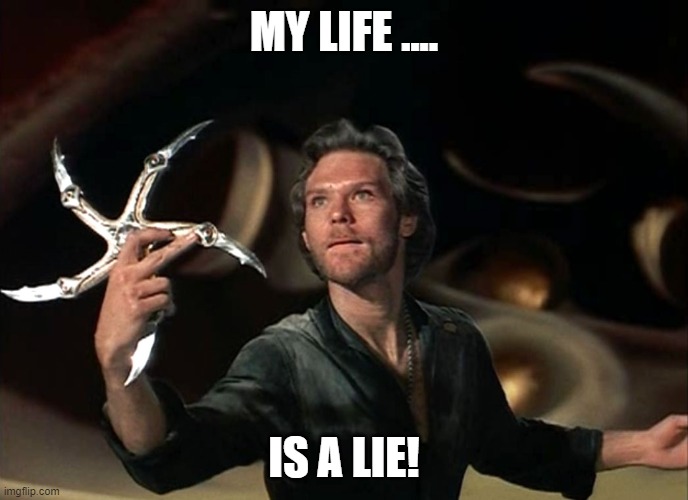You are using an out of date browser. It may not display this or other websites correctly.
You should upgrade or use an alternative browser.
You should upgrade or use an alternative browser.
D&D 5E (2014) Have you ever seen these weapons used regularly by PC's in a D&D 5e game?
- Thread starter James Gasik
- Start date
Argyle King
Legend
I've used the whip quite a bit.
James Gasik
We don't talk about Pun-Pun
D&D is not really designed to emulate one tech level or another. I was just looking at Adventures in Rokugan, which alters the available armors to be lore-friendly for the setting, and right off the bat, I noticed that a lot of characters have slightly lower AC than their D&D counterparts as a result.I think you need to consider the technology level of the campaign. In a Roman or Migration Period campaign you're not going to see greatswords because they're beyond the technology of the time, but greataxes are not. And you're not going to see full plate armour either, and because of that halberds and many other polearms are not going to be present. Pikes / sarissa are formation weapons and your average PC isn't going to be fighting in formation. Similarly the innovation of cavalry invites scimitars, their curved blades being better at slashing from horseback.
It doesn't help that armor is very weird in 5e, where there are some armors that you would only wear if you couldn't afford anything better. Unless you decide "X armors don't exist in my campaign", which can lead to some issues when a given class has slightly worse AC than expected.
But since I know the developers didn't really take AC into account for the game (instead focusing on damage/hit points), I'm not really sure if it's that big of a deal for characters to take a little more damage in combat.
As a reference for 5e's armor weirdness, I keep this chart laying around.
James Gasik
We don't talk about Pun-Pun
I'm more interested in what weapons players choose to use, and how much that is based on "this weapon is obviously better than this other weapon". I mean, it's not a big deal to use a d4 weapon over a d6 one, you're going to lose a point of damage on average, but since the special qualities of weapons are so simplistic, I fully expect people to take the one with the biggest die.I voted for ones I have seen 5e players use. Should I revise to add the ones I've seen 5e NPCs use too?
Damage types rarely matter either, despite the fact the list is careful to include an equivalent option for each one (like how you can use a war pick or a flail instead of a sword).
Neonchameleon
Legend
PAM is best used sword & board with a spear or staff unless you're also combining it with GWM.I’m surprised halberd and glave are so low. I suppose PAM isn’t as ubiquitous as it’s often made out to be.
James Gasik
We don't talk about Pun-Pun
To be fair, it's obvious Glaives as we know them don't exist on Krull. Or Thra, for that matter:
CreamCloud0
Hero
I know, I wasn’t confused about that, what i was saying was that maybe more characters would use throwing spears or light hammers if full simple weapon proficiency wasn’t handed out so frequently which also includes the shortbow and hand crossbow which are pretty much all round superior as a ranged weaponBasically if you have any business being in melee combat, either you have a martial weapon lurking in your proficiency list, or you have access to something like shillelagh, that makes a subpar weapon more relevant.
Which does leave a few weapons laying around that exist because....it would be strange if they didn't, but nobody is really expected to use them.
Like a barbarian, I know real barbarians did use bows I think but if they didn’t get that proficiency a throwing axe and a spear feel much more thematically appropriate to me than a shortbow
To be fair ....
HA HA! I have NEVER been accused of being fair!
Similar Threads
- Replies
- 480
- Views
- 37K
D&D General
The Beautiful Mess of 5e
- Replies
- 221
- Views
- 17K
- Replies
- 96
- Views
- 29K
D&D 5E (2024)
Help me Houserule 5e Equipment & Items
- Replies
- 69
- Views
- 5K
Enchanted Trinkets Complete
Recent & Upcoming Releases
-
December 9 2025 -
June 18 2026 -
October 1 2026




